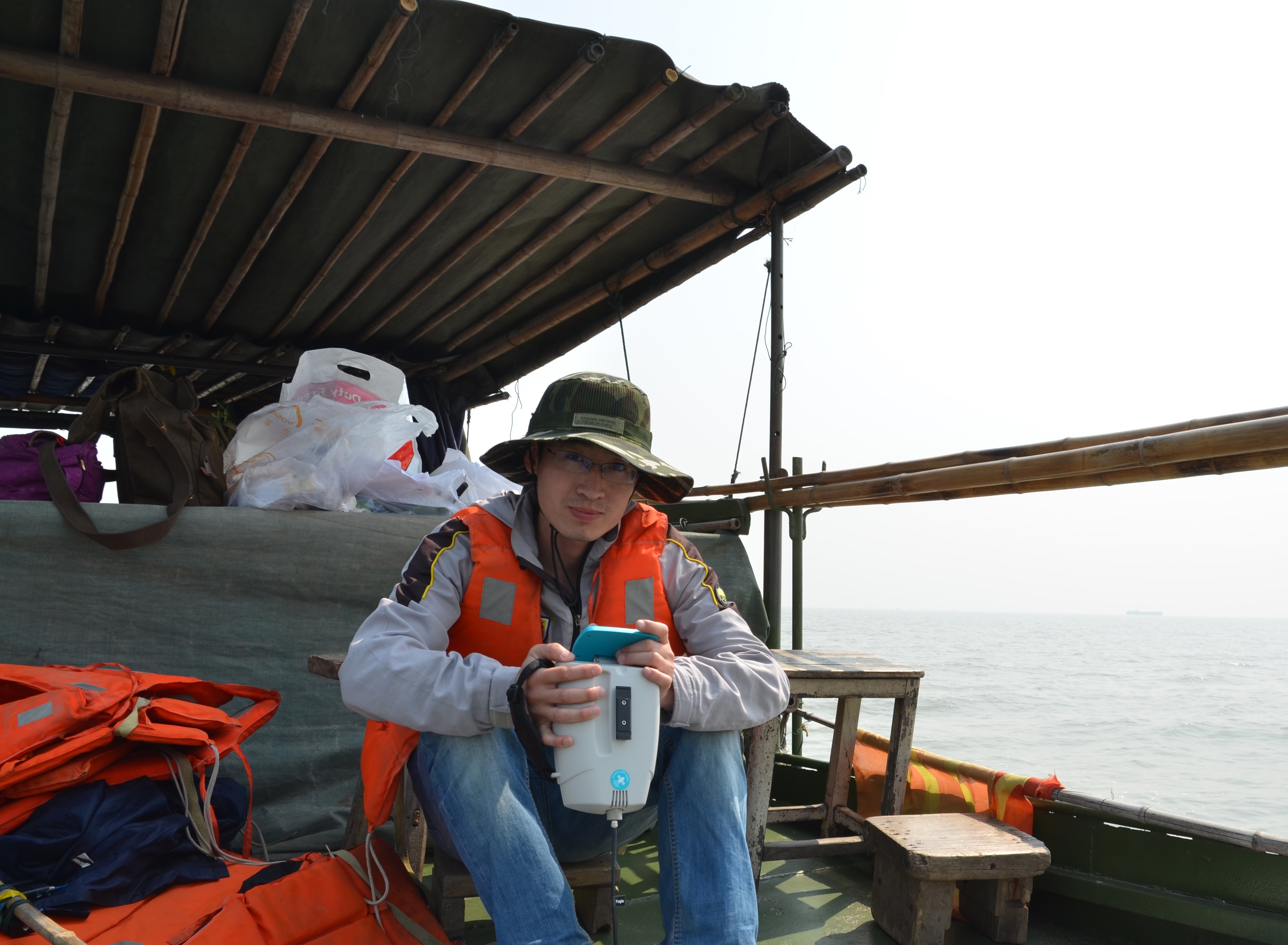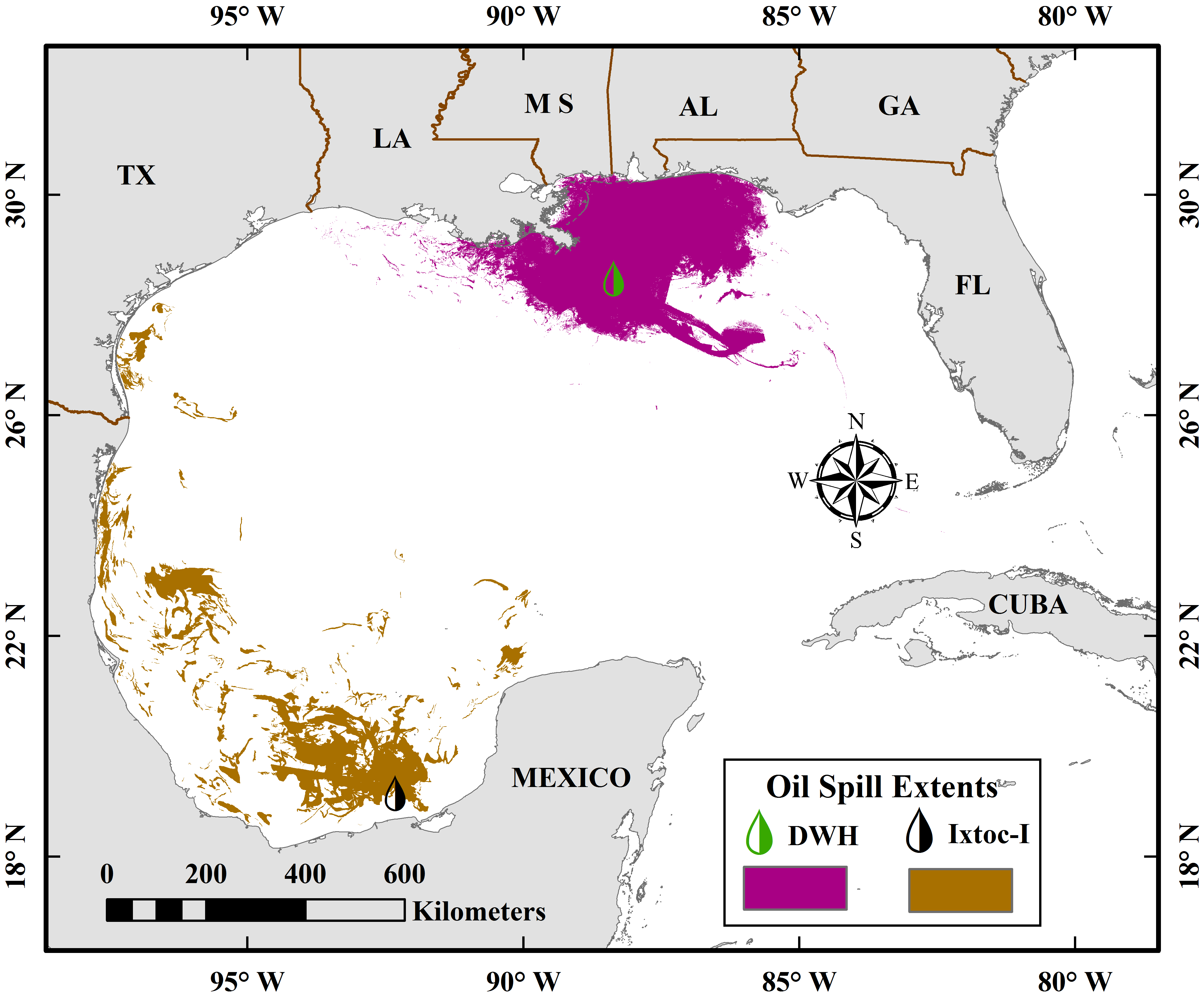
PhD Student Sun honored with NASA Fellowship
 Shaojie Sun, a PhD student at the University of South Florida-College of Marine Science, has been selected as a fellow to the NASA Earth and Space Science Fellowship (NESSF) for his research on remotely sensed oil spills. His project title “Ocean Surface Oil Detection and Quantification with Hyperspectral and Multispectral Optical Remote Sensing” is a reflection of his C-IMAGE research to better understand the volume of an oil slick through satellite imagery.
Shaojie Sun, a PhD student at the University of South Florida-College of Marine Science, has been selected as a fellow to the NASA Earth and Space Science Fellowship (NESSF) for his research on remotely sensed oil spills. His project title “Ocean Surface Oil Detection and Quantification with Hyperspectral and Multispectral Optical Remote Sensing” is a reflection of his C-IMAGE research to better understand the volume of an oil slick through satellite imagery.
Shaojie is in his third year of he PhD program with his major advisor and C-IMAGE researcher Dr. Chuanmin Hu. In Shaojie’s time at USF, he has produced many key publications, including a pair of first-author publications, developing the application of satellites on oil spills and oil slicks. One notable publication was the hindcast of the 1979 Ixtoc I spill in the southern Gulf of Mexico. Sun, Hu, and Dr. Wes Tunnell utilized old imagery from the Coastal Zone Color Scanner (CZSC) and Landsat Multispectral Scanner to see where oil traveled during the nine-month well spill. Full publication can be found here.
The purpose of the NESSF is to ensure continued training of a highly qualified workforce in disciplines required to achieve NASA’s scientific goals. Awards resulting from the competitive selection are made in the form of training grants to the respective universities and educational institutions, with the faculty advisor serving as the principal investigator.
“Shaojie has been conducting oil spill remote sensing research under support of both NASA and C-IMAGE. A significant challenge is how to remotely estimate surface oil volume or oil slick thickness from an oil spill,” said Dr. Chuanmin Hu, Sun’s advisor. “One of the lessons learned from the Deepwater Horizon oil spill disaster is that such a practical solution is critical in planning mitigation effort and assessing impacts but was simple not available,” Hu continued.
“Shaojie’s work is expected to make significant advances in this research direction to help prepare for future oil spill response.”
To read the full list of NASA NESSF16 recipients and their project titles, click here.


